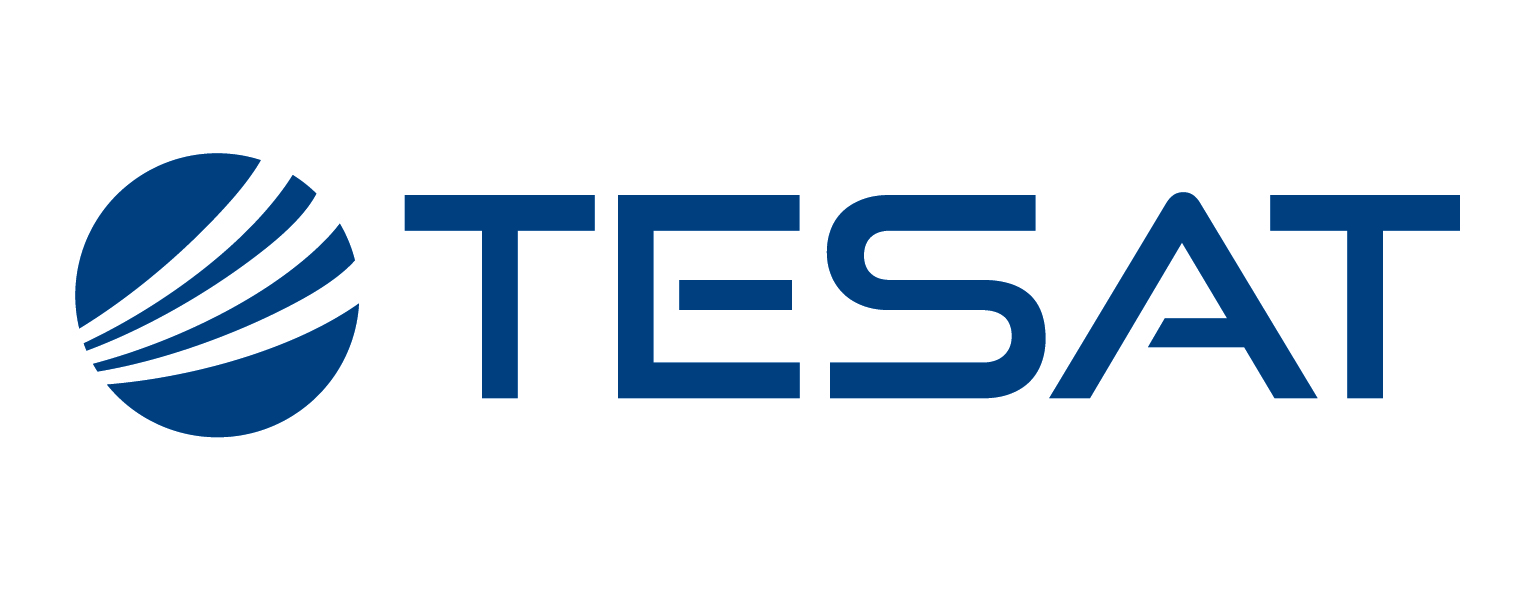-
StatusCompleted
-
Status date2019-09-03
-
Activity Code5C.246
The Project Objectives were to develop bandpass filters within input multiplexers operating in Ka-band uplink (30 GHz). The need for this technology exists on the market and is currently met with filters in waveguide technology. The technology of this project aims at replacing waveguide technology by dielectric technology, resulting in a hardware offering similar electrical performance but with the advantage of smaller mass and footprint. Also the technology will offer more standardized layout, thus facilitating design flow and integration on the satellite panel.
This key success factor was the correlation of full wave simulation to the test data from suitable designed hardware. Three iterations of this development cycle were performed: First cycle was Pre-Breadboard hardware for concept selection. Second cycle was Breadboard hardware to target actual requirements. The final development cycle generated the EM hardware which was tested within an agreed test campaign
Dielectric technology as implemented in the current proposal delivers similar electrical performance at however reduced mass and footprint. Filter assemblies based on dielectric filters follow a more standardized design approach (e.g. generic filter housings or baseplates with standardized insert pat-tern), which reduces effort in the design phase and facilitates integration on the customer side.
Therefore, the dielectric design approach is competitive and superior over current solutions.
Further, it fits a general trend that is observed in the targeted Ka-band uplink (30 GHz) passive equipment for low-power operation, where interface standard is more and more shifting from bulky waveguide technology to smaller coaxial technology (K-standard). Peripheral components such as switches, power splitters or RF cable assemblies are more and more available for this application. The use of waveguide filters in this environment requires the additional use of coaxial-to- waveguide transitions, which even more increases the mass and footprint demand of conventional waveguide technology.
The filters developed and tested are based on dielectric resonator design, allowing for a low-loss and temperature compensated RF filter performance. Also, the design is standardized in mechanical layout.
Layout of input multiplexer assembly benefits from the standardized mechanical filter design, allowing for assembly mechanical design in repeatable pattern.
The project was structured in two phases, each phase consisting of several Workpackages.
Phase one was dedicated to the development of the Filter Concept. Key Workpackages were dealing with material selection, selection of filter design concept and verification of both choices by breadboard. Phase two was dedicated to EM Manufacturing and test and analysis of the results.
The project has been completed. The development from Feasibility Study to Demo was covered by the project.



